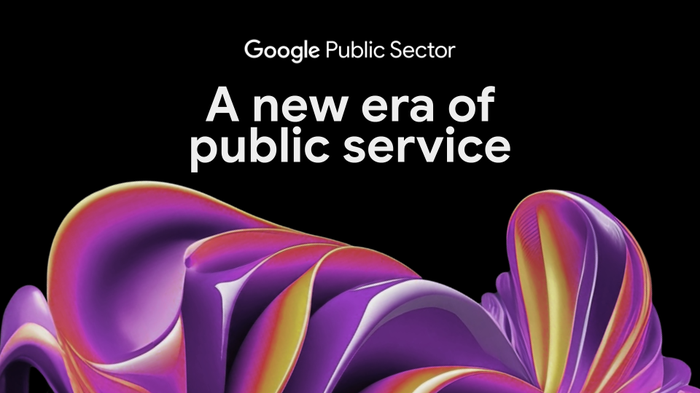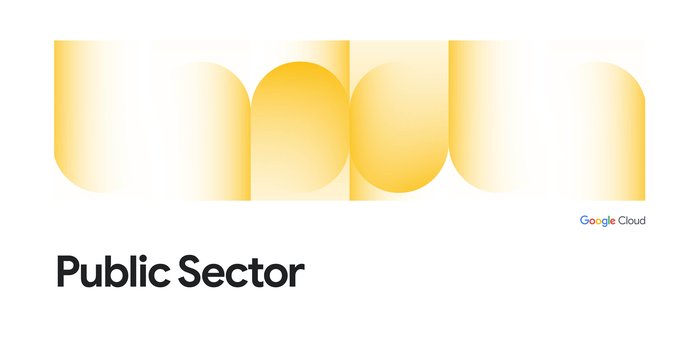Collaborating effectively in government with Google Workspace
Rancho Iyer
Customer Engineering Manager, Google Public Sector
Zahra Najmi
Customer Engineer, Google Public Sector
Drive meaningful connection and mission impact with seamless collaboration, efficient creation and management of content.
Organizations that cultivate meaningful collaboration can critically impact employee retention and morale. Google Workspace was designed to connect people so they can create, build, and grow together. Workspace allows employees to shift their time and attention to the things that matter most, boosting their productivity by 14%. Just ask Lynn Martin, who recently emphasized that collaboration tools can help government employees retain top talent and drive mission success.
In 2023, technology-based changes will have some of their greatest impact in the most vital, least-noticed part of government services: the lives of government workers themselves.
Lynn Martin, Vice President, Google Public Sector
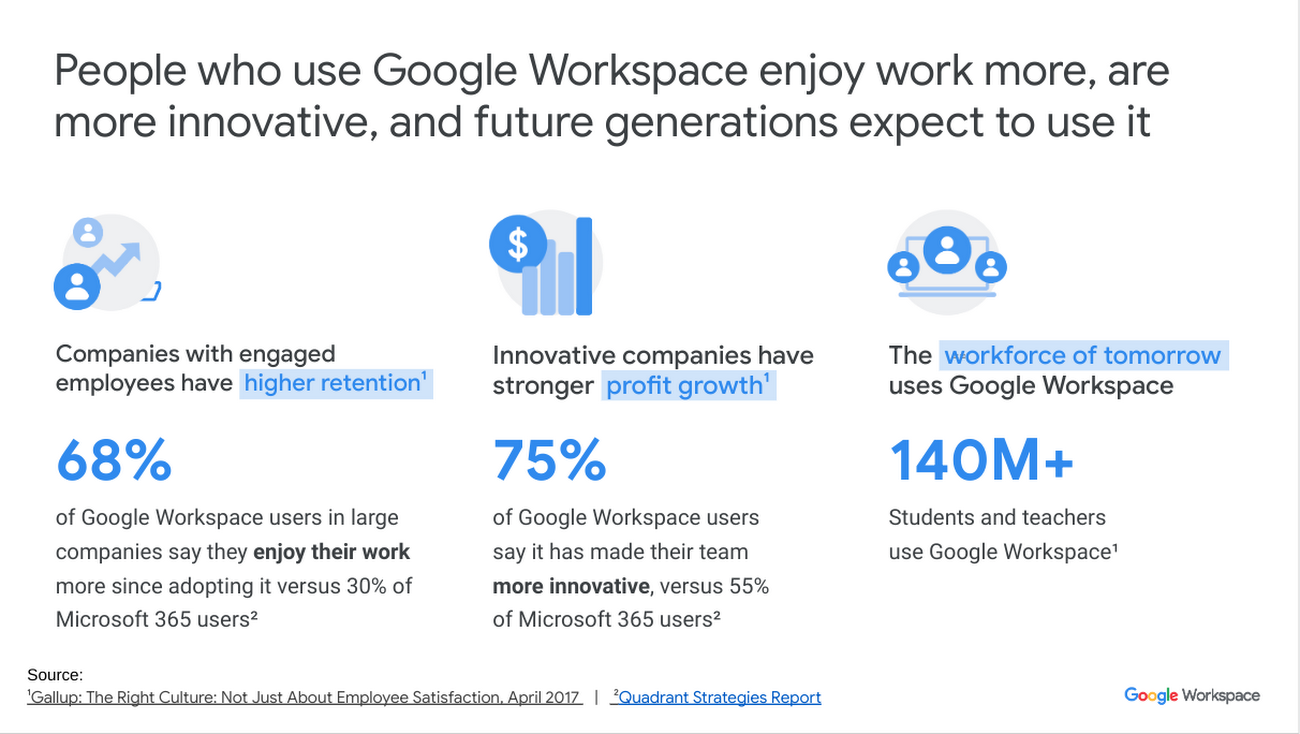

The Google Workspace FedRAMP High designation has helped public sector agencies and regulated industries address their compliance needs, while helping give their employees a great work experience. Google Workspace can drive meaningful connection and mission impact by helping organizations:
Drive internal collaboration
Collaborate seamlessly
It’s easy for a group of any size to collaborate on a single Doc, Slide, or Sheet, and to view everyone's contributions while managing version history. With the newest features in Google Workspace, people can work on tasks together without switching between tools, for example by joining a Google Meet from within a Doc or by using smart chips to pull in recommended people and data into the places they’re already working. And in case you miss a meeting, you can read a Google Meet transcript and search it for relevant keywords. During brainstorming sessions with your team in Google Meet, you can work in Google’s virtual whiteboard Jamboard, or a third-party app like Miro. The integration of all products within Google Workspace greatly simplifies the user experience.
Manage information and create content efficiently
Government staff generally spend 20% of their work time searching for information. Google has embedded search within all its core services to help users complete their jobs faster, bringing the power of “Google it” to internal information and data. You can find files quickly by using the search capability in Google Drive. The search in Drive and the ability to create Shared Drive folders helps ensure it’s easy for team members to find important documents even if the original file owner has left the organization. This is especially impactful in government, avoiding redundant efforts to recreate a workflow after a lead employee has left.
Smart canvas is another feature that was created to optimize work processes. Smart canvas introduces interactive building blocks in the form of templates, checklists, and context-setting information, such as time, date, people, and that allows users to pull rich information directly into their document by utilizing ‘@’ mentions. Smart canvas automatically imports any relevant information queried by the user to make drafting documents easier. It brings documents alive with the power of connected workflows.
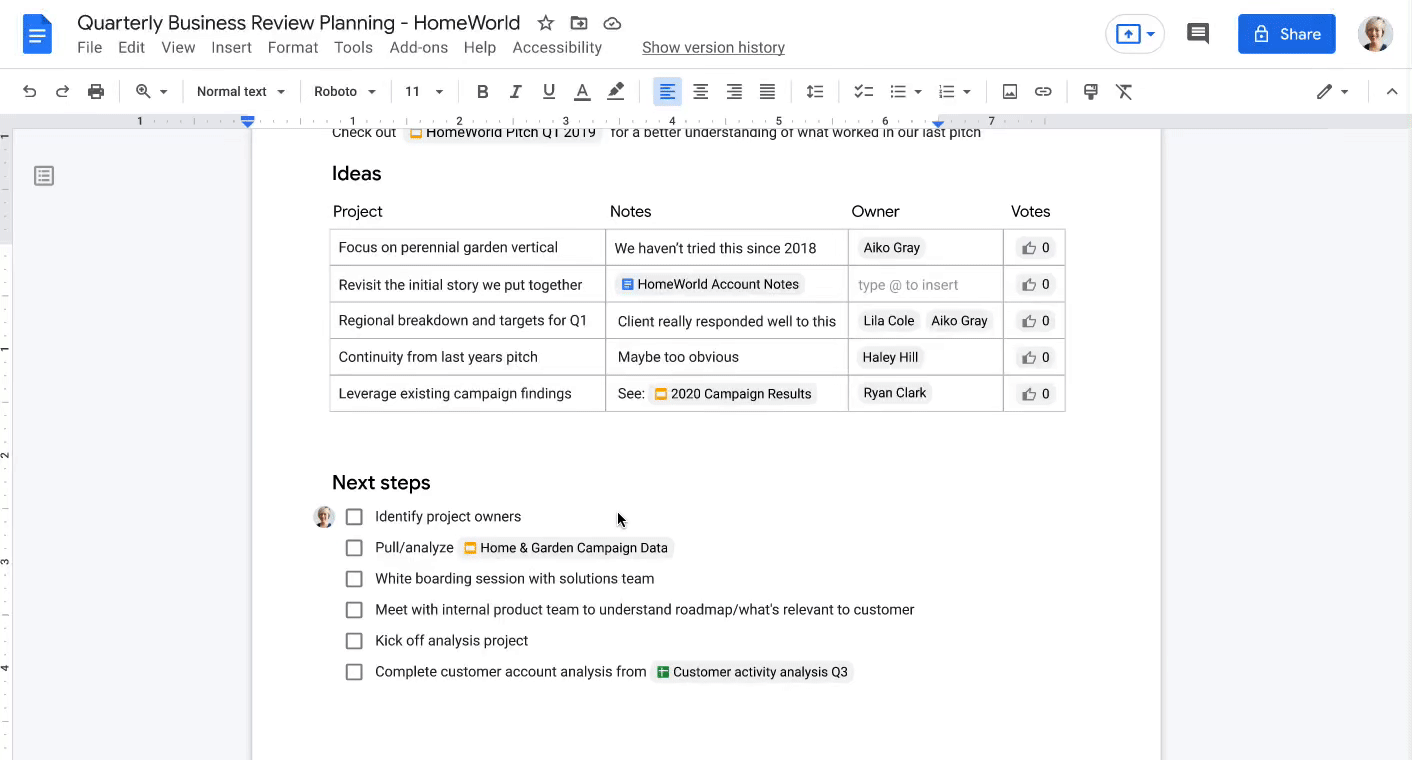

Collaborate outside of your organization
Good leaders know that leading is not just about internal collaboration and efficiency; they also seek to make their organizations more partner-ready and permeable to ideas, information, and expertise that might be outside of their organization.
How can IT and security administrators support this sort of collaboration while ensuring appropriate safeguards, promoting a cohesive working environment, and reducing the risks posed from shadow IT as users fill their technological gaps with external, unapproved tools? Google Workspace can provide mechanisms for securing just this sort of external collaboration.
Google joined the Data Transfer Project because we believe portability and interoperability are central to innovation. Users that have adopted Google Workspace are now able to collaborate with Microsoft users because Google Workspace supports consistency between products. This means a user can store and share over 100 different file types in Drive without having to convert them, edit directly from a Gmail attachment, share their Google Drive to an Office365 user using PIN-verified sharing, and even schedule meetings according to availability across different types of calendars.
Help streamline bureaucracy
Many organizations seek to reduce bureaucracy and the bottlenecks it can cause. Complex processes reduce management effectiveness, hamper business service delivery, and increase employee frustration.
Google Workspace allows executives to delegate their non-sensitive work using Gmail and Calendar delegation. For approval processes, executives can utilize Drive Workflows to allow multiple reviewers or limit edit access after document completion. Additionally, Spaces in Chat allow leaders to promote trust and psychological safety by creating communities, Google Meet recording makes it easy for them to catch up on missed content, and Meet Transcription allows them to skim through meeting transcripts to highlight important topics of discussion and conduct inclusive meetings in alignment with accessibility needs.
Paired along with closed captions in various languages in Google Meet, C-level executives can have truly global discussions.
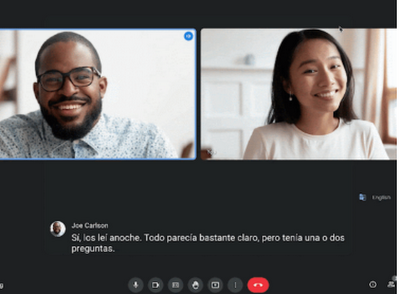

Improve security
Promoting collaboration does not mean organizations have to sacrifice security. Google Workspace provides an extra layer of security to help employees foster virtual connections through interoperability while ensuring that internal protections and safeguards are not compromised.
Through Cloud Identity, domain controls can also be put in place to disable downloads for external users, restrict forwarding for emails tagged as ‘confidential’ to prevent accidental or intentional data leakage, and configure additional data loss prevention policies across the suite to ensure sensitive data does not get shared externally.
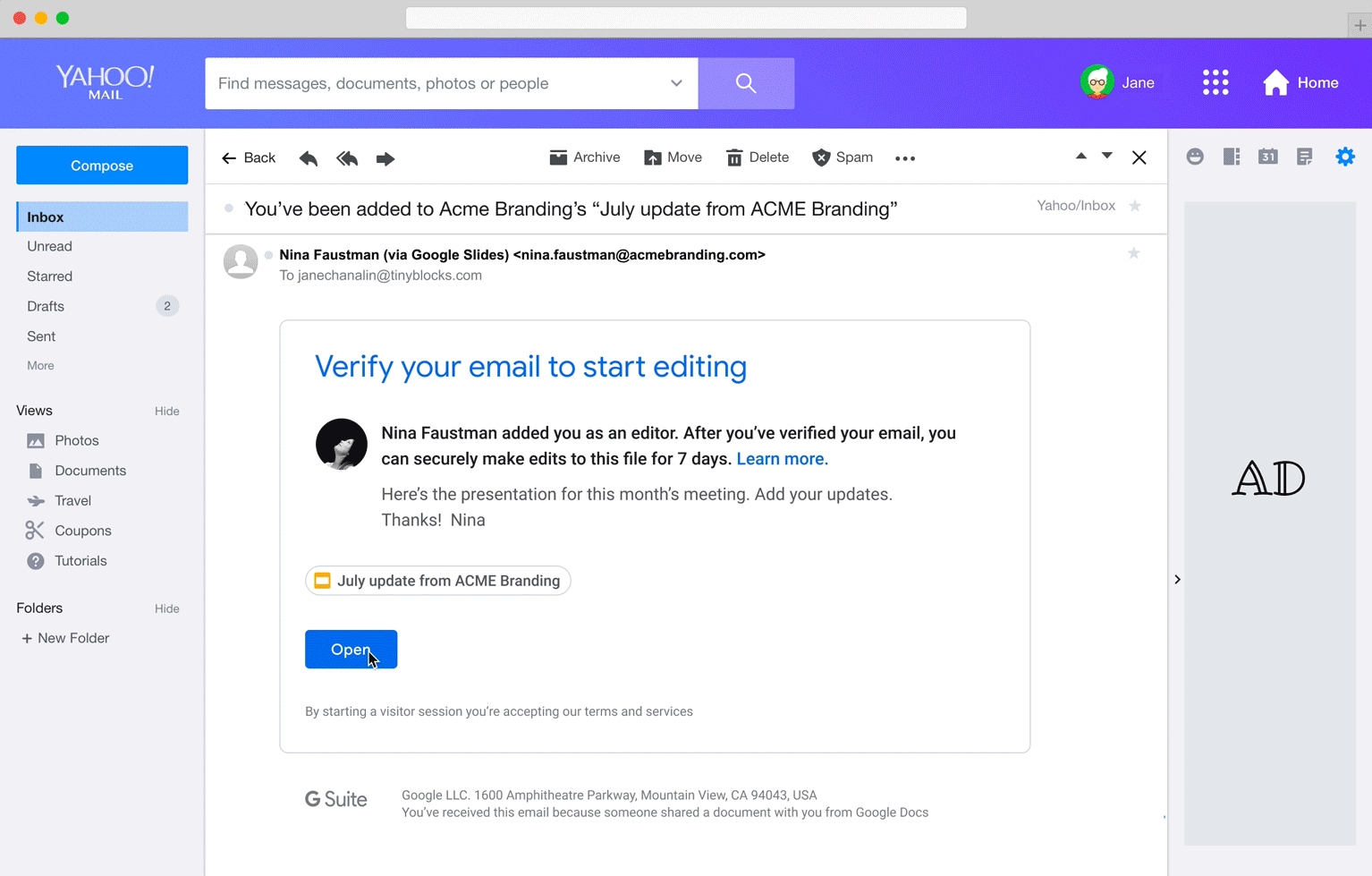

A zero-trust approach is built into the foundation of Google Workspace. When Google was targeted by cybersecurity attacks over a decade ago, we evolved our tools to handle complex security risks. Google Workspace allows for using tools such as Security Center in Google Workspace, Chronicle for detection and proactive response to security incidents, and BeyondCorp Enterprise (BCE) to help secure an organization’s endpoints. These tools help ensure DDoS protection, low-latency connections, and context-aware access so that leaders can have peace of mind knowing that users are not unintentionally leaking their passwords or compromising their devices.
Organizations that invest in cultures of collaboration really can have it all: security, productivity, interoperability, tools that support new hybrid postures, and a digital transformation journey that promotes an equitable, innovative, and impactful workforce.
To learn more about Google Workspace connect with your Google representative or complete our web form and someone will be in touch with you.
Source:
¹Gallup: The Right Culture: Not Just About Employee Satisfaction, April 2017
